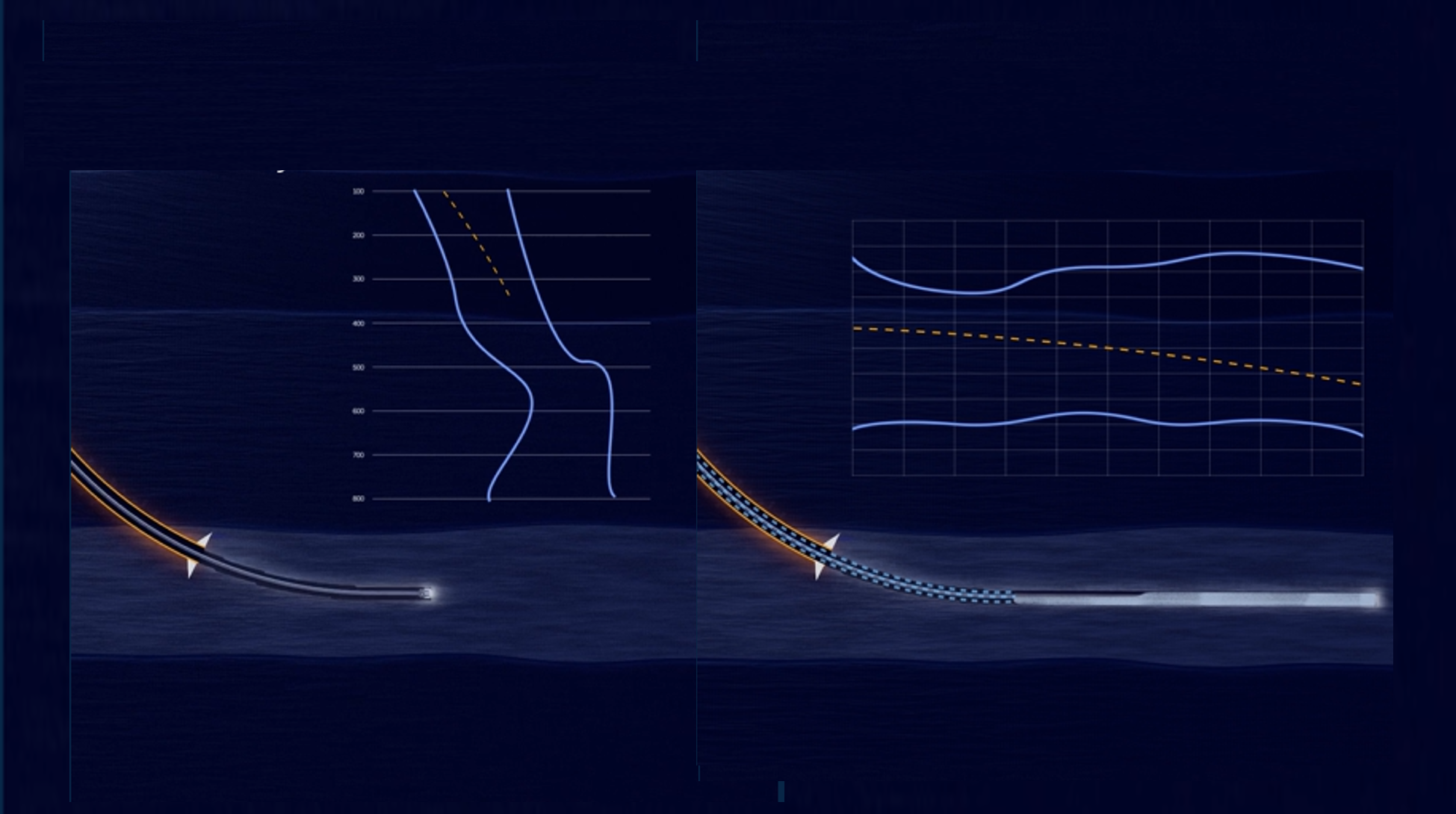Does the prospect of undetected kicks in your drilling operations keep you up at night? Ever find yourself wondering if there is a better way to detect them?
For oil companies and drilling contractors, understanding the consequences of undetected kicks is essential to ensuring the safety and efficiency of your drilling projects.
In this article, we will briefly explore what a kick is, its causes, and then ultimately, the various repercussions of undetected kicks.
By the end of this piece, you will have a clear understanding of why early detection and prevention are paramount.
What is a kick?
A "kick" is a critical situation where formation fluids, such as gas, oil, or water, unexpectedly enter the wellbore. This influx of fluid is typically caused by the pressure in the wellbore being lower than the pressure in the surrounding rock formations. Understanding what a kick is, how it occurs, and how to manage it is essential for safe and effective drilling operations.
Causes of a kick
- Pressure imbalance: Kicks occur when the hydrostatic pressure exerted by the drilling mud in the wellbore is insufficient to counterbalance the pressure of the fluids in the formation being drilled.
- Drilling mud role: Drilling mud plays a crucial role in maintaining the pressure overbalance in the wellbore. Disturbances in this balance can lead to a kick.
Detecting a kick
Early detection is the key to preventing a kick from escalating into a more dangerous situation, in worst case a blowout. Common indicators of a kick include an unexpected increase in the return mud flow rate, changes in drilling mud properties, a rise in pit volume, or alterations in wellbore pressures.
Read also: Improving volume control and influx detection for less experienced crews
Types of formation fluids in a kick
- Gas: Gas kicks are the most common and dangerous type. Gas expands as it rises in the wellbore, increasing the risk of a blowout.
- Oil: While less dangerous than gas, an oil kick can still lead to well control problems.
- Water: Generally, the least hazardous, but water kicks can still lead to operational issues.
The consequences of undetected kicks
- Blowout: The most severe consequence of an uncontrolled kick is a blowout. This occurs when formation fluids enter the wellbore under pressure and are not controlled by the drilling mud or blowout preventers (BOPs). Blowouts can lead to fires and explosions, especially if gas is involved.
- Equipment damage: Uncontrolled pressures and flows associated with a kick can cause significant damage to the drilling rig and downhole equipment, including the drill string, wellhead, and blowout preventer.
- Environmental pollution: Escalation to a blowout poses a risk of significant environmental damage due to the release of hydrocarbons into the environment, impacting marine life, wildlife, water sources, and soil.
- Safety hazards and potential loss of life: An uncontrolled kick poses serious safety risks to the drilling crew. In extreme cases, there can be a tragic loss of life.
- Economic loss: Kicks can result in substantial economic losses due to interrupted drilling operations, equipment repair or replacement costs, and potential liabilities from environmental damage and injuries.
- Loss of the well: Severe kicks or blowouts can lead to the loss of a well, resulting in the loss of the investment in its development.
- Reputational damage: Companies experiencing blowouts or severe incidents from kicks can suffer reputational damage, impacting future business prospects and relationships with regulators and the community.
- Loss of time: In drilling operations, encountering a kick can lead to a significant loss of time. The consequences outlined above, including safety protocols, investigative processes, well control measures, regulatory compliance, re-establishing drilling, and project delays, collectively contribute to this downtime.
Conclusion and looking ahead
Understanding the gravity of undetected kicks in drilling operations is crucial for oil companies and drilling contractors. Early detection, preventive measures, and technologies like the EC-Monitor are essential for mitigating these risks.
By focusing on proactive measures and being vigilant in monitoring drilling operations, you can ensure that undetected kicks remain a manageable risk rather than a devastating consequence.
Are you looking for the best technology for your kick & loss detection? Get your free tips of 9 criteria you need to consider in order to make the best and most informed decisions possible 👇
Get the latest updates
Want to stay updated on the latest knowledge articles and news from Enhanced Drilling?
.jpg?width=290&name=Snorre%20Lutnes%20(gammelt%20bilde).jpg)







